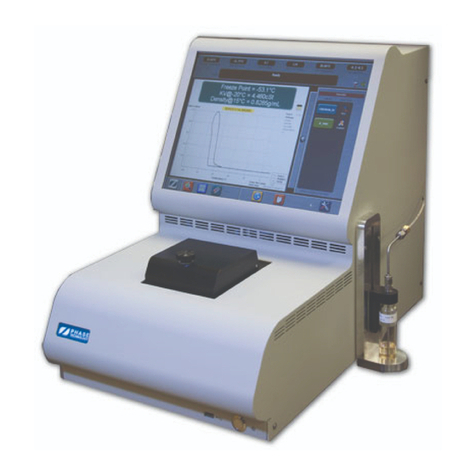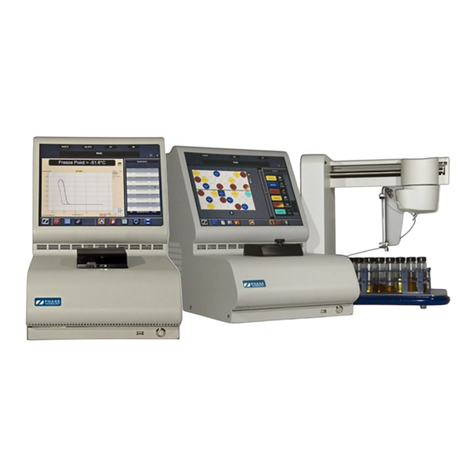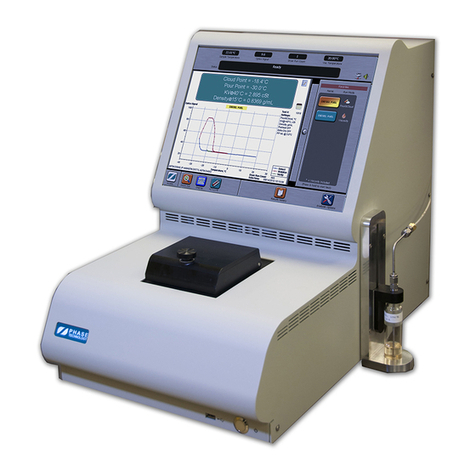iv | P a g e
TABLE OF CONTENTS
1.1 SPECIFICATIONS................................................................................................... 2
1.2 ENCLOSURE DRAWING ........................................................................................ 2
2.1 MOUNTING THE ENCLOSURE.............................................................................. 3
2.2 ANTENNA ...............................................................................................................3
2.3 GROUNDING THE DEVICE.................................................................................... 4
2.4 FIELD WIRING TERMINALS...................................................................................5
2.5 CABLE AND WIRE ROUTING................................................................................. 5
3.1 DETECT VFD FAULT.............................................................................................. 7
3.2 MONITOR VFD RUN STATUS................................................................................ 7
3.3 MONITOR 4-20 MA TRANSDUCER INPUT............................................................. 8
3.4 VFD RUN/STOP CONTROL.................................................................................... 9
3.5 RESET VFD FAULT ................................................................................................ 9
3.6 4-20 MA OUTPUT CONTROL ............................................................................... 10
3.7 REPEAT 4-20 MA INPUT SIGNAL......................................................................... 11
4.1 INITIALIZATION .................................................................................................... 12
4.2 DEVICE PARAMETERS........................................................................................ 12
5.1 CREATING AN ACCOUNT.................................................................................... 13
5.2 ACTIVATING A NEW DEVICE............................................................................... 13
5.3 NAVIGATING THE PORTAL ................................................................................. 13
5.4 DEVICE DASHBOARD.......................................................................................... 14
5.5 DEVICE READINGS.............................................................................................. 15
5.6 CONTROLS........................................................................................................... 15
5.7 CONFIGURING YOUR DEVICE............................................................................ 15
5.8 PROGRAMMING ALERTS.................................................................................... 15
5.9 MANAGE CONTACTS........................................................................................... 16
5.10 ADDING NEW USERS TO ACCOUNT................................................................ 16
5.11 REMOVING USERS FROM ACCOUNT .............................................................. 16
5.12 TRANSFERRING ACCOUNT.............................................................................. 16
5.13 PAUSING DEVICE COMMUNICATION............................................................... 16
5.14 DEACTIVATING DEVICE.................................................................................... 17































